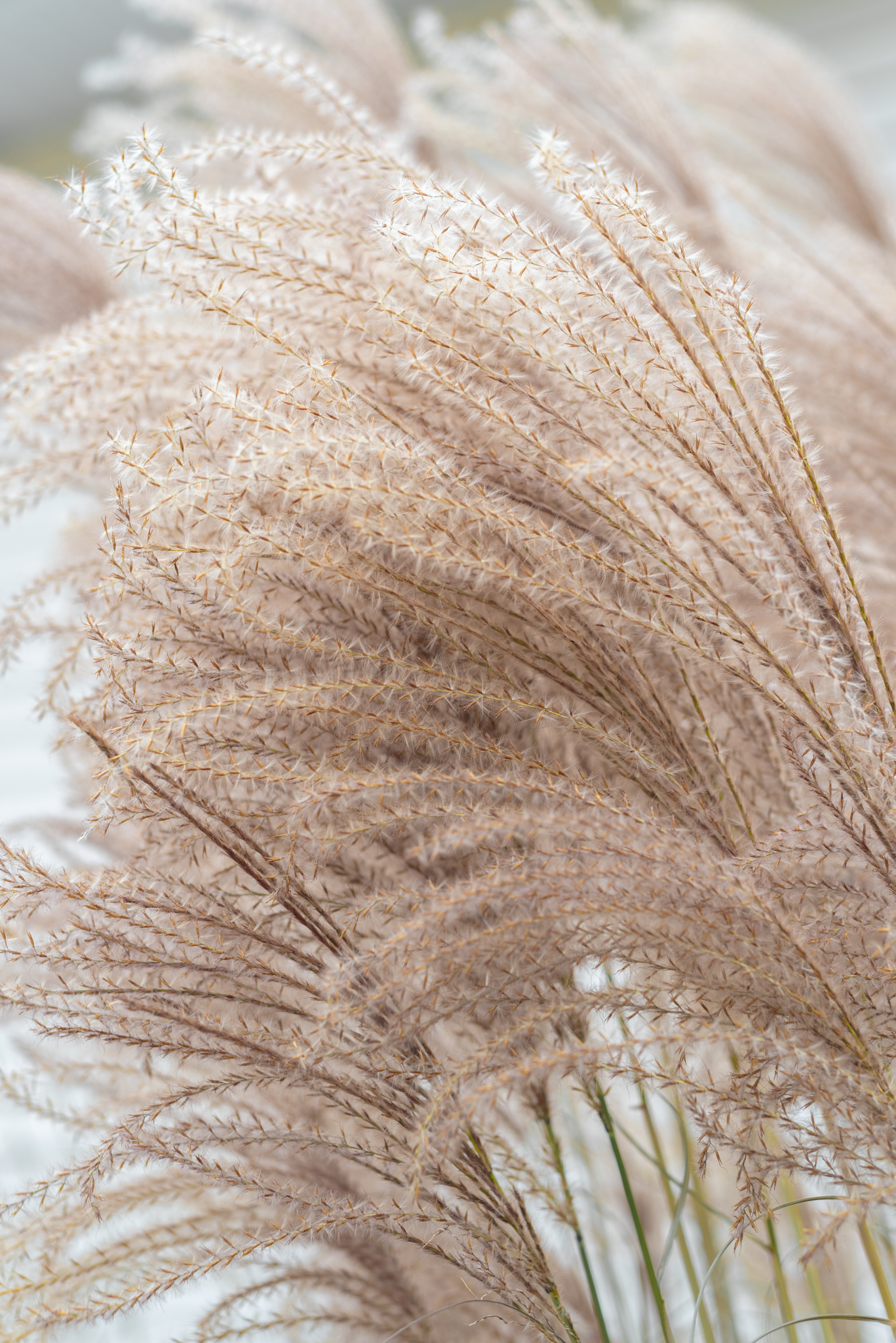
9 Perennials For A Deer-Proof Garden
Beautiful perennial plants that the deer won't touch.
The reality of living in the Midwest is that we share our yard with a host of creatures, the most hungry being white-tailed deer. When I say “deer-proof perennial garden”, I do not mean “get rid of the deer”. I mean, the deer will not eat these perennials but they may stop and look around and I may admire them walking by.
My approach to all things growing is to work with nature, not against it, and this applies to sharing our environment with all the critters in our ecosystem.
All of the deer-proof perennial garden plants I’ve listed here have made it several seasons without deer damage, and some even serve as both edible and ornamental.
1. Anemone
Plant these once and you’ll need to manage their spread, although I can’t complain about something so beautiful getting a little out of control. Japanese Anemone bloom in late summer and will keep going into fall. Even the stems without flowers are sculptural and beautiful. The bees will surely appreciate the end-of-season pollen.


2. Yarrow
Yarrow comes in a wide array of long-blooming colors and is a hardy perennial. A max height of about 2 feet tall, it’s nice to accompany border plantings. Leave the flower heads at the end of the season for some winter interest (for you and the birds). Some say yarrow is edible with a licorice-like taste, but I’ve yet to give it a try.


3. Thyme
I have two varieties of flowering thyme planted in my garden and they bloom at different times. One with a slightly pink flower and the other white. Thyme is an easy herb to dry for spice, but it’s also heavenly to brush against on the walkway to the garage. Thyme will spread and is perfect as a border plant.


4. Lavender
What smells amazing to us must not be the same for our white-tailed friends. I love that lavender serves multiple purposes in the garden. It’s beautiful, hardy, easy to maintain and the flowers can be harvested and dried for your luxurious epsom salt baths, among many other things. They’re easy to propagate, which saves lots of money on new plants. I recommend the “Provence” variety for shape and color.


5. Ornamental Grasses
There are a wide variety of sizes, shapes and colors within ornamental grasses. I enjoy planting these in triangular groupings of three, from shortest in the front to tallest in the back. They’re fast-growing and quick to fill out blank spots in the garden or along a tall side of your house. We chose Maiden Grass and Karl Foerster feather reed grass to start. They have different bloom times which helps keep the garden looking fresh all season. In the early winter the maiden grass will puff out with it’s winter coat, and has a lovely sway in the wind. The birds will also appreciate the seed heads if you leave them on until spring.


6. Sage
Another beautiful edible/ornamental that the deer won’t touch. Sage tends to get bullied by other plants that are too close, and doesn’t do a great job of standing up for itself. Give sage a good amount of room to grow and you won’t have the bottom leaves browning and falling off as much.


7. Oregano
If sage gets bullied in the garden, oregano is the one doing the bullying. Oregano is in the mint family and will spread aggressively. Plant oregano once and you’ll have oregano spice for the rest of your life! This plant thrives in all types of soil so it’s a good option for an area with poor soil. Flowering begins in May and can look a little burnt by late summer. Chop back the flower stalks for a cleaner looking garden.


8. Yucca
Yucca grew up in the Southeast US and prefers sandy soils, but it has naturalized here in the Midwest. You’ll even see it growing along roadsides and ditches. Plant in an area with full sun and good drainage. It’s showy white spike flower is a statement in the garden, pairing nicely with rocks and grasses. Planted just this year, I’m still waiting for mine to bloom.

9. Chives
One of the first welcome signs of spring are the chives sprouting from the ground. After a long winter of craving something green, chives provide for your morning omelette. Divide chives by the root and replant as needed. They’re quick growing and thrive in all kinds of soils. The purple flowers are divine sprinkled on salads.

Please let me know what you think!
Leave a comment below and tag @growingwithgertie on Instagram.
Some of the links listed are affiliate links. This means if you click on a link and purchase the item, I will receive an affiliate commission from the retailer at no cost to you. Thanks for your support!